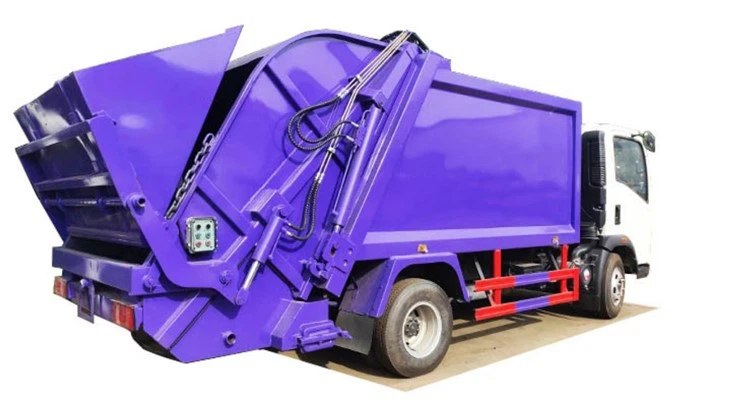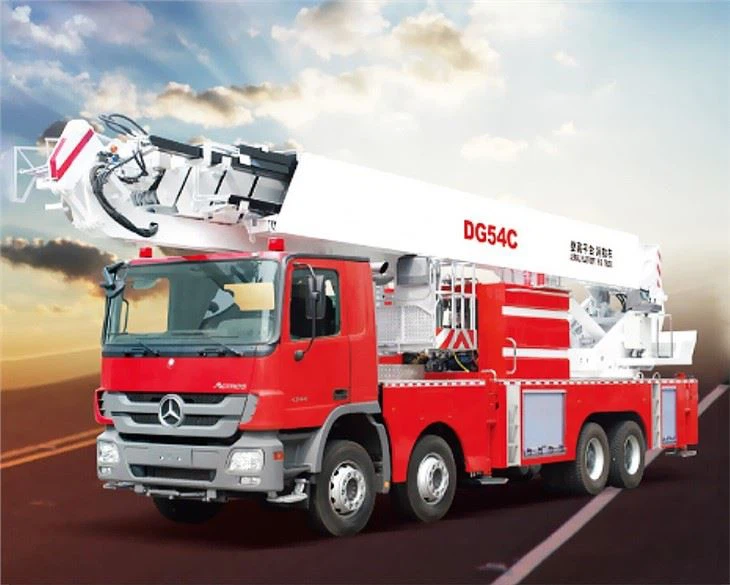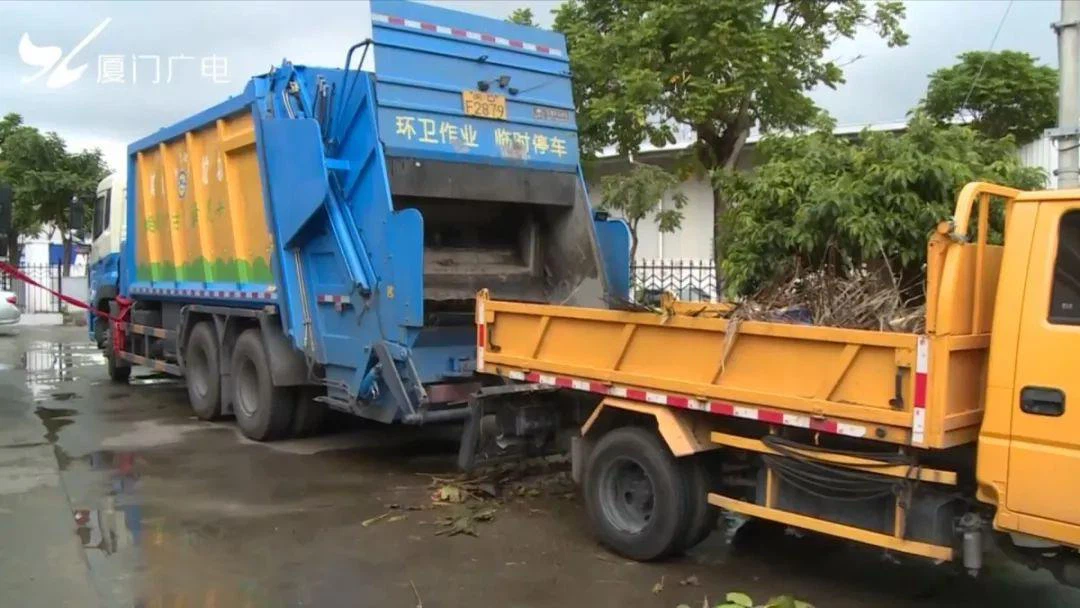Understanding LPG Tanks: Everything You Need to Know

Introduction to LPG Tanks
Liquefied petroleum gas (LPG) is a popular fuel source for residential heating, cooking, and various industrial applications. An essential component of utilizing LPG effectively is the tank that stores this gas. Understanding the type, size, maintenance, and safety aspects of LPG tanks is crucial for both users and installers. This article covers everything you need to know about tanks for LPG.
What is LPG? The Basics of Liquefied Petroleum Gas
Liquefied Petroleum Gas (LPG) primarily consists of propane and butane. It is odorless, colorless, and highly flammable when mixed with air. LPG is produced during the refinement of natural gas and crude oil. Its versatility makes it a preferred choice for various applications, including heating, cooking, and powering vehicles.
The Forms of LPG
LPG usually exists in three forms:

- Propane (C3H8)
- Butane (C4H10)
- Propylene (C3H6)
Benefits of Using LPG
- Efficient energy source
- Lower carbon emissions than other fossil fuels
- Versatile applications
- More affordable than electric heating in many areas
Different Types of LPG Tanks
There are various types of tanks used for storing LPG, each with its unique design and applications.
1. Aboveground LPG Tanks
Aboveground tanks are located outside buildings and are usually cylindrical. They are commonly used for residential purposes and are easy to install.
Advantages
- Easy to inspect and maintain
- Lesser risk of leaks than underground tanks
Disadvantages
- More vulnerable to weather conditions
- Requires more space
2. Underground LPG Tanks
These tanks are buried beneath the ground, making them less susceptible to vandalism and weather conditions.
Advantages
- Space-saving
- Less visually intrusive
Disadvantages
- More challenging to inspect and maintain
- Higher cost for installation
3. Portable LPG Tanks
Portable tanks are smaller and can be transported easily. They are often used for camping and outdoor activities.
Applications
- Camping stoves
- Outdoor grills
- Small heaters
Choosing the Right Size of LPG Tank
Choosing the appropriate size for your LPG tank is crucial. It depends on your fuel consumption needs and available space.
Common LPG Tank Sizes
| Tank Size (Gallons) | Approximate Usage (Household, Monthly) |
|---|---|
| 20 | 1-2 people, Water heating only |
| 100 | Family of 2-4, Cooking and heating |
| 250 | Medium household, Multiple appliances |
| 500 | Large household, High usage |
Installation of LPG Tanks
Installing an LPG tank requires professional expertise. Here are the general steps involved in the installation process.
Site Assessment
Choose a suitable location based on safety guidelines and local regulations.
Excavation (for underground tanks)
If opting for an underground tank, dig a hole large enough to accommodate the tank and provide additional space for plumbing.
Positioning the Tank
Place the tank securely in the designated area, ensuring it is level.
Connection to Plumbing
Connect the tank’s outlets to the gas line, ensuring all connections are leak-proof.
Compliance Check
Ensure that the installation complies with local codes and safety regulations.
Maintenance of LPG Tanks
Regular maintenance is essential for the safety and longevity of LPG tanks.
Routine Inspections

Conduct regular visual inspections for leaks, corrosion, or physical damage.
Pressure Testing
Perform pressure tests yearly to ensure that the tank’s integrity is intact.
Cleaning

Keep the tank and surrounding area clean to avoid any potential hazards.
Signs That Maintenance is Needed
- Unusual smells
- Increased fuel use
- Corrosion on the tank surface
Safety Tips for Using LPG Tanks
Safety should be a top priority when using LPG tanks. Here are some essential safety tips:
1. Proper Ventilation
Ensure that there is adequate ventilation wherever LPG appliances are used to prevent the buildup of gas.
2. Regular Leak Checks
Use a soap solution to check for leaks in hoses and connections. Bubbles indicate a gas leak.
3. Emergency Preparedness
Have a fire extinguisher nearby and create an emergency plan for evacuating if a leak occurs.
4. Professional Assistance
Always seek the assistance of a qualified technician for installation and maintenance tasks.
Environmental Impact of LPG Tanks
While LPG is considered cleaner than traditional fossil fuels, it still poses environmental concerns when improperly handled.
Advantages for the Environment
- Lower carbon emissions compared to coal and oil
- Less harmful pollutants
Improper Disposal of Tanks
Improper disposal of old tanks can lead to soil and water contamination. Always follow local guidelines for tank disposal.
Cost Considerations When Choosing LPG Tanks
When deciding on an LPG tank, cost is a critical factor. Here are the financial aspects to consider:
Initial Purchase Costs
The cost of the tank can vary based on its size and type.
Installation Costs
Installation costs can vary significantly depending on the complexity of the installation and local labor rates.
Long-term Expenses
Consider ongoing costs such as refilling, maintenance, and any necessary inspections.
FAQ Section
What should I do if I smell gas near my LPG tank?
If you smell gas, evacuate the area immediately, avoid any flames or sparks, and contact emergency services or your gas supplier.
Can I install an LPG tank myself?
No, LPG tank installation should always be performed by licensed professionals to ensure safety and compliance with regulations.
How often should I have my LPG tank inspected?
It is recommended to inspect your LPG tank at least once a year, but you should head for immediate inspection if you notice any signs of wear or leakage.
What is the lifespan of an LPG tank?
Typically, an LPG tank can last between 20 to 30 years, depending on maintenance and environmental factors.
Are underground LPG tanks safe?
Yes, underground LPG tanks are safe if installed correctly adhering to local regulations and safety practices.
What happens if I overfill my LPG tank?
Overfilling can cause the liquid to expand and may result in a leak or pressure release. Always ensure proper filling procedures are followed.
